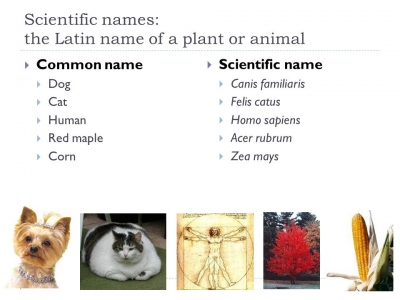Which reptiles live in the sea?

Turtles, crocodiles and snakes are all found in the sea. Turtles and sea crocodiles lay their eggs on land, but most sea snakes give birth to live young at sea. Many types of sea snake have extremely powerful venom.
Turtles are found in most warm seas, coming ashore to bury their eggs in warm sand. They feed on animals and plants, and some can grow very large. The leatherback turtle is the largest turtle of all. It can reach a length of 2.1 m and a weight of 540 kg, and there have been reported sightings of far bigger specimens.
Picture credit: google













